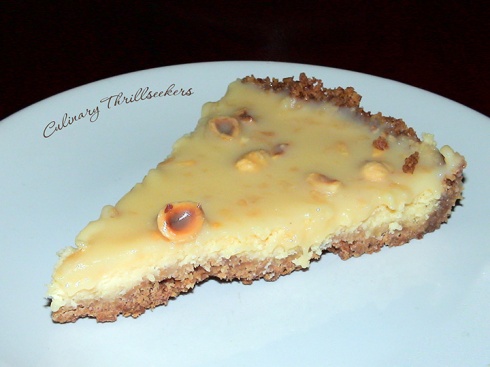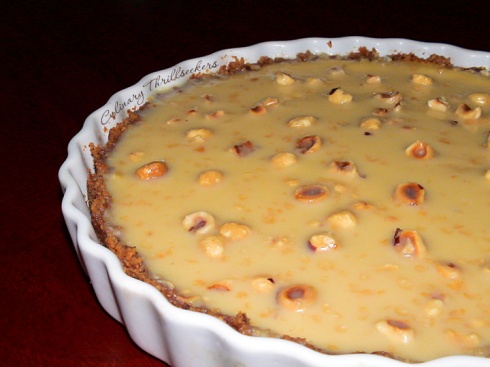
Hell Ramen – spicy and delicious. Shortcuts can be made (such as buying ramen noodles instead of making them fresh) for a quicker meal, but making from scratch is always tastiest.
Hell Ramen (Jigoku Raamen)
Ingredients:
4 servings of Ramen Noodles (below)
1 rcp Soup Stock (below)
Flavoring Base (below)
Toppings (below)
***********************************
Soup Stock:
3 qt Water
3 lb Soup Bones, Pork and Chicken
1½ in Ginger, sliced
10 Scallions
1 bn Bok Choy, leaves detached
2 Leeks, sliced
1 lg Carrot, sliced
1 T Salt, or to taste
Toppings:
Yakibuta (thinly sliced after cooking – recipe below), Soybean Sprouts, Shiitake Mushrooms (boiled, sliced), Nori sheets (cut into 2” squares), Spinach (parboiled) or Napa Cabbage, Scallions (thinly sliced), Korean chili powder (optional)
Yakibuta:
1/3 lb Pork Belly, one piece
¾ c Shoyu sauce
1/3 c Sake
2 ts Worchester sauce
½ in Ginger, thinly sliced
Ramen Noodles (4 servings):
2 c Flour
2 Eggs
2 T Water
1½ ts Salt
Flavoring Base:
1 T Vegetable Oil
1-2 clv Garlic, minced
¼ c Red Asian Chilies, seeded, puréed
½ c Red or Brown Miso paste
¼ c Shoyu sauce (Japanese soy sauce)
1 T Chili Oil
2 ts Sesame Oil
Preparation:
Prepare the soup stock: Bring all soup stock ingredients to a boil, lower heat and slow simmer for 2-hours, skimming off the scum. Reduce to 2-quarts of rich stock; strain and filter.
Prepare the Toppings: Marinate the pork belly in the other yakibuta ingredients for 1- to 1½- hours. Discard the marinade and then bake, covered, at 325ºF for 45-minutes. Remove the yakibuta from the oven, and then char-BBQ over hot coals for 3- to 5-minutes, or just long enough to char the fat on the outside, turning often so as not to char too deeply.
Prepare the vegetables as needed: wash sprouts, wash and parboil spinach or cabbage, cook mushrooms, etc.
Prepare the ramen: Combine all ramen ingredients and kneed to a smooth dough. Using a pasta machine or by hand, roll out the dough to a thin sheet (about #5 or #6 on pasta machine). Cut in the pasta machine’s narrow noodle die (like linguine) or fold dough sheet over a few times and cut by hand.
Take a handful of loose noodles, dust with a little flour, wad them up into a ball, and then lightly smash against a rolling board or counter top. This smashing process should yield classic squiggly-shaped ramen noodles. Loosen up the smashed noodles and dry for 1-hour. When ready to eat, boil 3-minutes, and then rinse well under hot water.
Sure, you can bypass this step by simply buying commercial ramen noodles, and following the package instructions (please do not use instant ramen!!). However, nothing beats fresh homemade noodles. If you have a Japanese market nearby, you may be lucky enough to find fresh hand-made ramen noodles in their refrigeration or deli sections.
For the flavoring base: Heat the vegetable oil in a skillet; add the garlic and stir-fry 1-minute. Add the puréed chilies, miso, shoyu sauce, and chili oil; stir-fry on medium heat for 2-minutes. Remove from heat and add sesame oil.
To serve: Place servings of ramen in 4 large soup bowls. Add ¼ of the flavoring base to each bowl, and then pour ¼ of the stock (about ½-quart) into each bowl as well. Top bowls with your choice of toppings listed above (or all of them). For a little more heat and color, add some Korean chili powder.
When eating, be sure to audibly slurp the noodles down, in order to get the full Japanese experience.
Tags: Fiery, Hell, Japan, Noodles, ramen, Spicy















